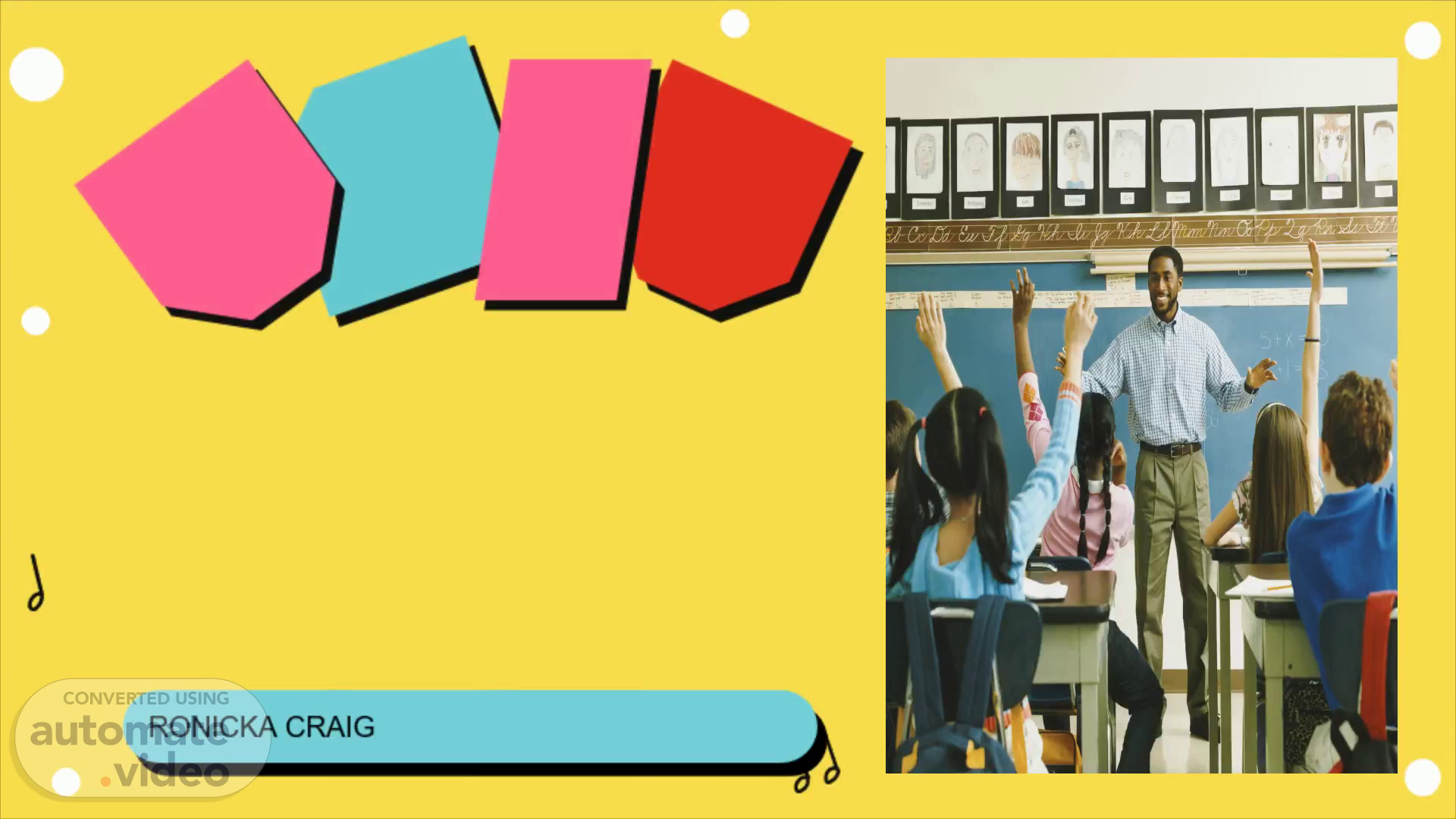
Page 1 (0s)
CULTURALLY RESPONSIVE TEACHING. RONICKA CRAIG.
Page 2 (16s)
01. What is Culturally Responsive Teaching. 02. Guyana and it’s culture.
Page 3 (43s)
—SOMEONE FAMOUS. “Preservation of one's own culture does not require contempt or disrespect for other cultures.”.
Page 4 (1m 0s)
What is Culturally Responsive Teaching?. Culturally responsive teaching (CRT) is a research-based approach that leverages students’ assets — their cultures, languages, and life experiences — to create rigorous, student-centered instruction..
Page 5 (1m 25s)
Guyana has a multicultural multi-ethnic identity. The country’s various ethnic groups have historically contributed to the country’s diverse culture, one which we must sustain..
Page 6 (1m 44s)
Guyana and it’s Culture. In Guyana, a nation rich in culture, because of it’s wide range of ethnicity. I want to focus the attention on a national holiday which can be celebrated by all due to its origin..
Page 7 (2m 16s)
Independence Day. Before we get into explaining how this topic or holiday can be a culturally strengthening aspect in the classroom, we first need to learn more about this celebration..
Page 8 (2m 47s)
Pictures. Pictures of 2022 Independence career day in schools.
Page 9 (3m 20s)
Creating a caring environment and personal connections among students.
Page 10 (4m 20s)
2. Create a supportive classroom environment. Develop authentic, caring relationships. Relationships establish trust and respect — crucial ingredients for learning. Learn how to say students’ names correctly. Give students chances to share what’s happening in their lives. Try using one-on-one chats, group discussions, or journals. When possible, find ways to support students outside of the classroom, like at afterschool events. Create a welcoming classroom. Think about whether your classroom sends a message that students are welcome and that great things are possible for their learning. Look at your classroom walls. Ask yourself whether all of your students can find relatable visuals and props from a diverse range of fields and backgrounds. You can also involve students in setting up the classroom. Think about whether all your students get regular, authentic messages of affirmation. Include different kinds of diversity in your classroom materials. Think about ethnicity, language, ability, gender identity, and socioeconomic experiences. Watch out for materials that perpetuate stereotypes or insulting depictions of diverse communities..
Page 11 (5m 48s)
Activities which helps build a cultural responsive classroom..
Page 12 (6m 51s)
References. https://uog.edu.gy/tags/career-day https://www.officeholidays.com/holidays/guyana/guyana-independence-day https://www.understood.org/en/articles/what-is-culturally-responsive-teaching Tyrone C. Howard- 7 Culturally Responsive Teaching Strategies and Instructional Practices. November 19, 2020 https://www.hmhco.com/blog/culturally-responsive-teaching-strategies-instruction-practices R. Alber September 9, 2011- safe learning environment https://www.edutopia.org/blog/20-tips-create-safe-learning-environment-rebecca-alber.